Find Help
More Items From Ergsy search
-
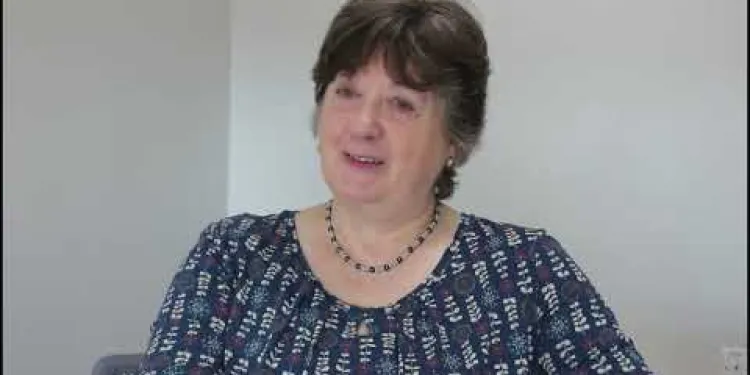
Do not attempt cardiopulmonary resuscitation (DNACPR)
Relevance: 100%
-
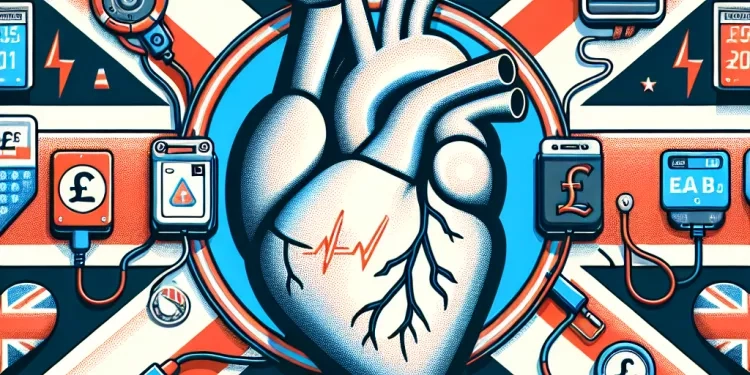
Can a defibrillator restart a stopped heart?
Relevance: 15%
-

What topics are covered in a first aid course?
Relevance: 14%
-

How important is it to learn CPR along with first aid?
Relevance: 14%
-
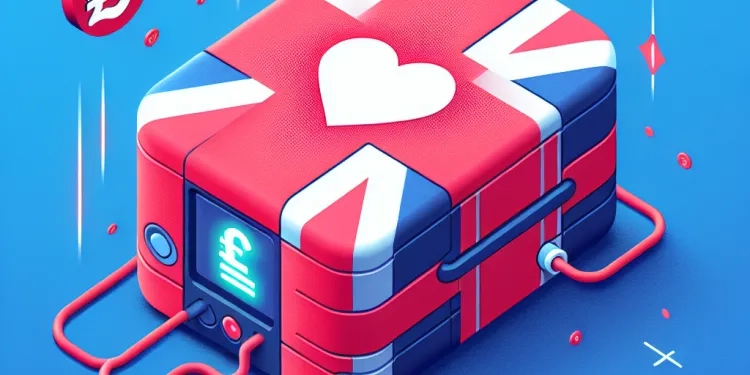
What is the role of a defibrillator in CPR?
Relevance: 12%
-
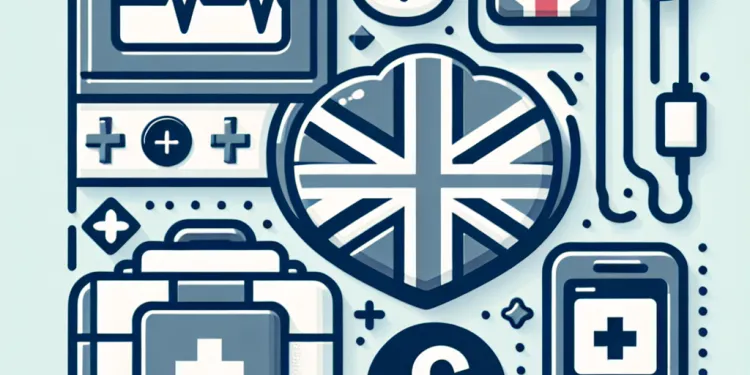
What should you do if a defibrillator is needed?
Relevance: 11%
-

What is an AED?
Relevance: 9%
-
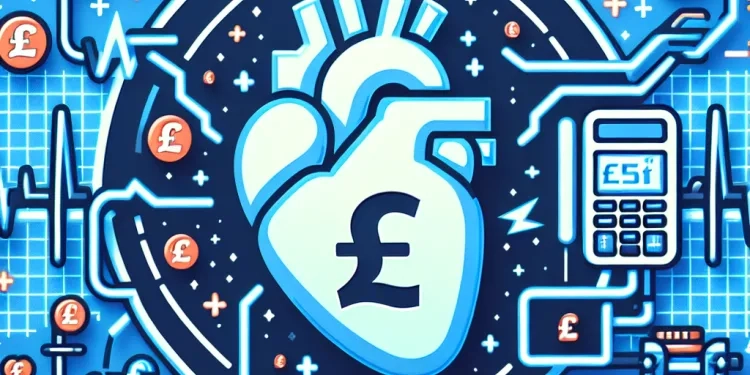
How do you know if a defibrillator is required?
Relevance: 9%
-
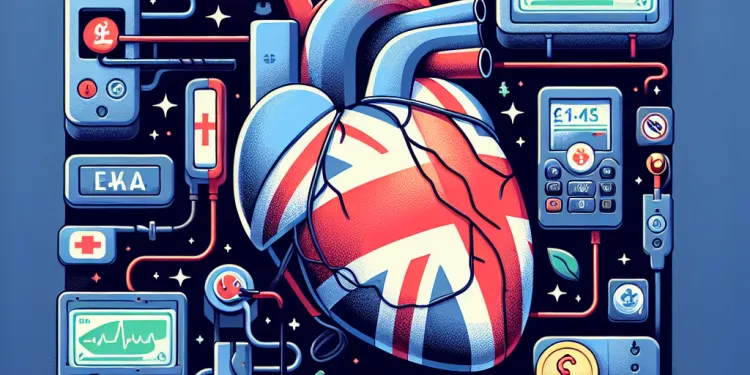
Why are defibrillators important?
Relevance: 9%
-
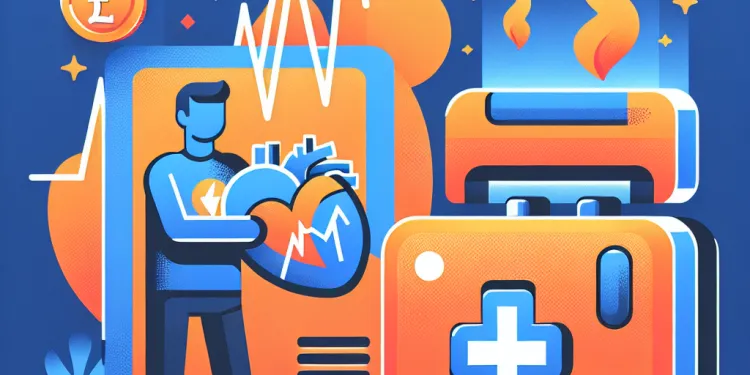
What is a Defibrallator?
Relevance: 9%
-

What first aid measures can be taken in case of methanol exposure?
Relevance: 9%
-

How do live-in caregivers handle emergencies?
Relevance: 9%
-
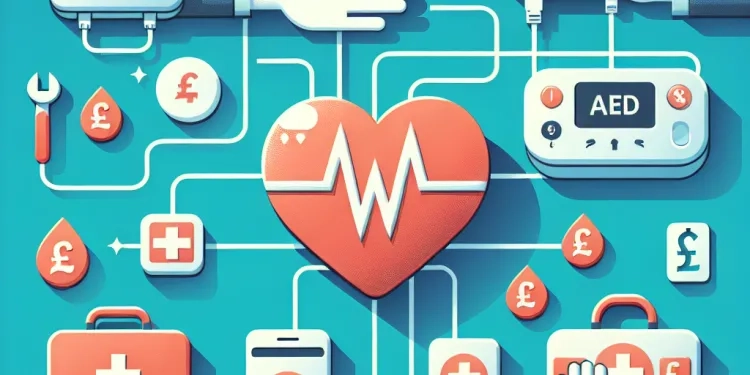
Is training required to use an AED?
Relevance: 7%
-

Can I take first aid courses in person?
Relevance: 5%
-

What is end of life care?
Relevance: 5%
-
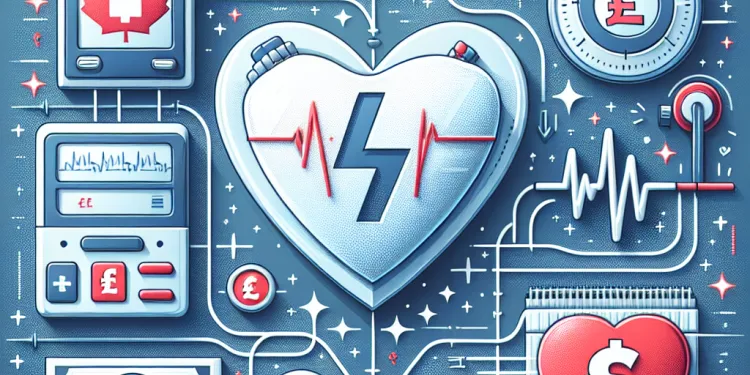
How does a defibrillator work?
Relevance: 4%
-

Who can use a defibrillator?
Relevance: 4%
-

Can defibrillators be used on children?
Relevance: 4%
-

NHS RightCare Scenario: Sepsis
Relevance: 4%
-
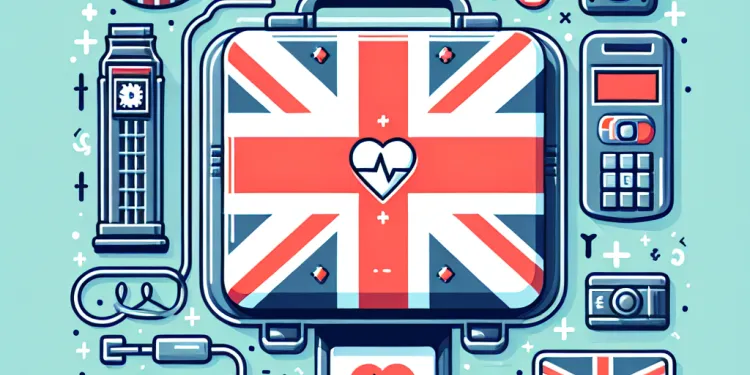
Do defibrillators have any side effects?
Relevance: 4%
-

How can I plan for future care needs?
Relevance: 2%
Do Not Attempt Cardiopulmonary Resuscitation (DNACPR) in the United Kingdom
Understanding DNACPR
Do Not Attempt Cardiopulmonary Resuscitation, also known as DNACPR, is a medical order issued to refrain from performing CPR on a patient whose heart has stopped or who has stopped breathing. This decision is often made when CPR is deemed unlikely to provide benefit to the patient or may cause more harm than good. The focus shifts towards providing comfort and dignity in a patient's final moments.
When is a DNACPR Appropriate?
In the UK, the decision to issue a DNACPR is usually made when a patient has a terminal illness, severe chronic disease, or their quality of life is significantly compromised. It may also be considered when the expected outcome of CPR is unlikely to result in a sustained life or may exacerbate suffering. Healthcare professionals, patients, and their families often engage in conversations to ensure the decision aligns with the patient's wishes and best interests.
The Decision-Making Process
The decision for a DNACPR should ideally involve the patient, where possible, their family, and the healthcare team. This involves thorough communication, where the patient's preferences, medical condition, and prognosis are discussed. If a patient lacks the capacity to partake in the decision, healthcare providers will consider any advance decisions made by the patient and consult close family members or legal proxies. It is an especially sensitive process and requires significant compassion and understanding from all parties involved.
Legal and Ethical Considerations
In the UK, the legal framework surrounding DNACPR orders means they must be handled with transparency and respect for the patient's dignity. The General Medical Council (GMC) provides guidelines ensuring that decisions about DNACPR are made in accordance with ethical standards and the law. Additionally, the Mental Capacity Act 2005 plays a critical role where a patient lacks the capacity to make an informed decision, ensuring that any DNACPR order reflects the best interests of the patient.
Documentation and Communication
A DNACPR decision must be documented clearly, usually on a designated form recognized across healthcare settings, and included in the patient's medical records. Effective communication is essential to ensure that all healthcare providers involved in the patient's care are aware of the DNACPR order. The documentation ensures that in emergencies, the patient's wishes are respected swiftly and without ambiguity.
Conclusion
DNACPR orders are a vital component of medical care that prioritize the patient's dignity and comfort when CPR is not deemed beneficial. In the UK, the decision-making process is patient-centered and must be legally and ethically sound. Proper documentation and communication ensure that the patient's wishes are respected across all healthcare settings.
Do Not Attempt Cardiopulmonary Resuscitation (DNACPR) in the United Kingdom
Understanding DNACPR
DNACPR stands for Do Not Attempt Cardiopulmonary Resuscitation. This is a medical choice to not do CPR if someone’s heart stops or if they stop breathing. This decision helps if CPR will not help the person or could hurt them more. Instead, the focus is on making sure the person is comfortable and respected.
When is a DNACPR Appropriate?
In the UK, doctors might use a DNACPR when someone is very sick with a serious illness or cannot live a good life anymore. It might also be used if CPR is not likely to help them live longer, or if it will cause more pain. Doctors, the person, and their family talk about it to make sure it’s what the person wants and is best for them.
The Decision-Making Process
The DNACPR decision should include the person if possible, their family, and the doctors. They will talk about what the person wants and their health. If the person cannot decide, doctors will look at any choices the person made before and talk to family members or legal helpers. This is a careful and kind process for everyone involved.
Legal and Ethical Considerations
In the UK, DNACPR decisions need to be open and respect the person’s rights. There are rules from the General Medical Council (GMC) to make sure these decisions are fair and follow the law. The Mental Capacity Act 2005 helps when someone cannot decide for themselves, so DNACPR decisions are in the person's best interest.
Documentation and Communication
A DNACPR decision must be written clearly on a special form that all doctors and nurses can see. This form goes into the person’s medical records. This is important, so everyone knows about the DNACPR quickly and does what the person wants in an emergency.
Conclusion
DNACPR decisions help make sure the person is cared for with respect and comfort if CPR is not helpful. In the UK, these decisions focus on what the person wants and must follow the law. Clear writing and talking about DNACPR make sure everyone knows and follows the person’s wishes.
Frequently Asked Questions
What is a Do Not Attempt Cardiopulmonary Resuscitation (DNACPR) order?
A DNACPR order is a medical decision made and recorded by healthcare professionals which specifies that CPR should not be performed on a patient experiencing cardiac or respiratory arrest.
Why might a DNACPR order be put in place?
A DNACPR order might be put in place because CPR is unlikely to be successful, it may cause more harm than good, or because a patient has expressed a wish not to have CPR attempted.
Is a DNACPR the same as euthanasia?
No, a DNACPR is not the same as euthanasia. A DNACPR simply means that CPR will not be performed; it does not involve any actions to deliberately end a person's life.
How are DNACPR decisions communicated?
DNACPR decisions are communicated through official forms and added to a patient's medical records. Healthcare professionals and family members involved in the patient's care are also informed.
Can a DNACPR order be made by the patient themselves?
Yes, a patient can make an advance decision to refuse CPR and ask their doctor to issue a DNACPR order in accordance with their wishes.
Can family members request a DNACPR order for a relative?
Family members can discuss their concerns and make their views known, but the final decision about a DNACPR order is a clinical one made by healthcare professionals.
Can DNACPR decisions be challenged or reviewed?
Yes, if there are disagreements or changes in the patient's condition or wishes, DNACPR decisions can be reviewed and potentially changed.
Is a DNACPR legally binding?
Yes, a legally completed DNACPR order is binding and should be respected by healthcare professionals, although it can be reviewed if circumstances change.
What happens if a patient with a DNACPR order is admitted to the hospital?
The DNACPR order should be communicated to the hospital staff and it will remain in place unless reviewed and changed by the medical team.
Does having a DNACPR order affect other treatments?
No, a DNACPR order only relates to CPR. Patients can still receive all other appropriate medical treatments and care.
Can a DNACPR order be part of an Advance Decision to Refuse Treatment (ADRT)?
Yes, a DNACPR order can be part of an ADRT, which outlines the specific treatments a person does not want to receive in the future.
What is the role of the healthcare professional in a DNACPR decision?
Healthcare professionals assess the patient's medical condition, discuss the potential benefits and burdens of CPR with the patient and/or family, and document the decision in the patient's medical records.
Are DNACPR orders different in Scotland, Wales, and Northern Ireland?
While the principles are broadly similar, there may be specific differences in the forms and procedures for DNACPR orders in Scotland, Wales, and Northern Ireland. It's important to be aware of the local protocols.
Can a DNACPR order be included in my Summary Care Record?
Yes, a DNACPR order can be included in your Summary Care Record so that it is accessible by healthcare professionals involved in your care.
How does one start the conversation about DNACPR with their doctor?
It is best to openly express your thoughts and feelings about CPR with your doctor, including any concerns or preferences you have, to ensure that your wishes are understood and respected.
What is a Do Not Attempt Cardiopulmonary Resuscitation (DNACPR) order?
A DNACPR order is a plan for doctors and nurses. It means they will not try to restart your heart if it stops. This is also called a "Do Not Resuscitate" or "DNR" order.
A DNACPR order can be made if the person or their family talks with the doctors. It helps everyone know what to do if the person gets very sick.
If you find this hard to understand, you can ask someone to explain it to you. You can also use pictures or videos to help.
A DNACPR order is a decision made by doctors and nurses. It tells them not to do CPR if a patient's heart or breathing stops.
Why would a DNACPR form be used?
A DNACPR form tells doctors and nurses not to try to restart a person's heart if it stops. This form can be used when:
- The person is very sick, and the heart restart would not help.
- The person has said they do not want heart restart.
- The heart restart would not work.
It is important to talk with doctors, nurses, and family members about the DNACPR form.
A DNACPR order means doctors will not try CPR. This can happen if CPR probably won't work, if it might hurt more than help, or if the person has said they don't want CPR.
Is a DNACPR the same as euthanasia?
A DNACPR means "Do Not Attempt Cardiopulmonary Resuscitation." It tells doctors not to try to restart your heart if it stops.
Euthanasia means helping someone die to stop their pain or suffering. It is very different from a DNACPR.
Both are about important choices for health and life, but they are not the same.
If you have questions, you can talk to a doctor or a nurse for help. They can explain things in a way that is easy to understand.
No, a DNACPR is not the same as euthanasia. A DNACPR means doctors will not do CPR if a person's heart stops. It does not mean doing anything to purposely end someone's life.
If you find reading difficult, you can ask someone to help explain it to you. Listening to the text read aloud might also be helpful.
How do doctors tell people about DNACPR decisions?
Doctors and nurses write decisions about DNACPR on special forms. They add these forms to a patient’s health records. The people who take care of the patient and their family are told about these decisions.
Can a person decide on their own DNACPR order?
A DNACPR order tells doctors not to try to restart your heart if it stops.
Yes, a person can decide on their own DNACPR order. It's a choice about your healthcare.
If you want to make this decision, talk to your doctor. They can help explain everything.
Ask a family member or friend to help if you want. They can come to the doctor with you.
You can also use pictures or simple words to understand better.
Yes, a patient can say "no" to CPR in advance. They can ask their doctor to write a DNACPR order. This means they do not want CPR if their heart stops.
Can family ask for a DNACPR for a family member?
A DNACPR is a note from doctors. It says not to try to restart a person's heart if it stops. This is also called "Do Not Attempt Cardiopulmonary Resuscitation."
Family can talk to doctors about this. They cannot ask for a DNACPR by themselves. Doctors and family must talk and decide together.
If you want to know more, speaking to a doctor can help. They can answer questions and explain more about DNACPR.
It is important to talk and share feelings with your family and doctors.
Family members can talk about their worries and say what they think. But, the final decision about a DNACPR order is made by doctors and nurses.
Can we ask to check or change DNACPR decisions?
Yes, if there are disagreements or if the patient's health or wishes change, the DNACPR decision can be looked at again and possibly changed.
Is a DNACPR a legal rule?
A DNACPR order tells doctors and nurses not to try to restart a person's heart if it stops. If it is filled out the right way, everyone needs to follow it. But, if things change, they can talk about it again.
What happens if a patient with a DNACPR order goes to the hospital?
Here is some important information for you:
- DNACPR Order: This means 'Do Not Attempt Cardiopulmonary Resuscitation.' It's a plan to not try to make your heart start again if it stops.
- When at the hospital: The doctors and nurses will know about this plan. They will still give you the care you need.
Helpful tips:
- Bring someone with you who can help explain things.
- Ask the doctors to use easy words if you don't understand something.
- Use pictures or write things down if it helps you remember.
The DNACPR order tells doctors and nurses not to try to restart someone's heart if it stops. It must be shared with all the hospital staff. It stays the same unless the doctors decide to change it.
Does a DNACPR order change other care?
A DNACPR order means "Do Not Attempt CPR". This means no help to start the heart if it stops.
But, you will still get other care you need. A DNACPR order is just about CPR.
If you have questions, ask your doctor or nurse. They can help explain.
No, a DNACPR order is only about CPR. Patients can still get all the other medical help they need.
Can a DNACPR order be part of an Advance Decision to Refuse Treatment (ADRT)?
DNACPR means "Do Not Attempt Cardiopulmonary Resuscitation." It's a choice not to have special help to start your heart and breathing again if they stop.
ADRT means "Advance Decision to Refuse Treatment." It's a plan about the medical care you don't want in the future if you can't say it yourself.
Yes, a DNACPR can be part of an ADRT. This means you can choose not to have your heart restarted as part of your plan about care you don't want. It's important to talk to your doctor and family about this plan.
To help understand better, you might use picture cards or talk about this with someone who helps you.
Yes, a DNACPR can be part of an ADRT. This paper tells doctors what treatments someone doesn't want in the future.
What does a healthcare worker do in a DNACPR decision?
A healthcare worker is a doctor or nurse. They help with DNACPR decisions.
DNACPR stands for "Do Not Attempt Cardiopulmonary Resuscitation." It means not doing CPR if someone's heart stops.
The healthcare worker talks to the person and their family. They explain why DNACPR might be needed.
The healthcare worker listens to what the person and their family think.
They make sure everyone understands the decision.
If you need help, you can ask someone you trust.
Doctors and nurses look at how the patient is doing. They talk about the good and bad things that could happen with CPR. They talk to the patient or the family. Then, they write down what everyone decides in the patient’s medical file.
Helpful tip: It can be useful to have a friend or family member with you to help understand the information.
Do DNACPR Orders Work the Same Way in Scotland, Wales, and Northern Ireland?
A DNACPR order is a paper that tells doctors and nurses not to try to restart a person's heart if it stops. These papers might have different rules in each place: Scotland, Wales, and Northern Ireland.
Here are some tips to understand better:
- Ask a doctor or nurse to explain DNACPR orders.
- Use simple words to talk about it with friends or family.
- Draw pictures to show what DNACPR means.
- Use colored cards to show "Yes" or "No" for understanding.
- Read slowly and ask questions if something is hard.
The rules are mostly the same, but forms and steps for DNACPR orders might be different in Scotland, Wales, and Northern Ireland. It's important to know what the rules are where you live.
Can a DNACPR Order Go in My Summary Care Record?
Yes, your “Do Not Attempt Cardiopulmonary Resuscitation” (DNACPR) order can be put in your Summary Care Record. This way, doctors and nurses caring for you can see it.
How can I talk to my doctor about DNACPR?
Do you want to talk to your doctor about DNACPR? Here are some easy steps:
- Ask your doctor, "Can we talk about DNACPR?"
- Say how you feel and what you want to know.
- Use simple words and questions.
- Ask for help if you need it.
If you find it hard to talk or understand, here are some things that can help:
- Bring a friend or family member for support.
- Write down your questions before the visit.
- Ask your doctor to explain slowly and clearly.
- Use pictures or drawings if that helps you learn better.
Remember, it is okay to ask your doctor to repeat or explain things until you understand. You have the right to know and make choices about your health.
It is important to talk with your doctor about CPR. Tell them how you feel and what you want. This way, the doctor will know what you wish for and can make sure it happens.
Useful Links
- Ergsy carfully checks the information in the videos we provide here.
- Videos shown by Youtube after a video has completed, have NOT been reviewed by ERGSY.
- To view, click the arrow in centre of video.
- Most of the videos you find here will have subtitles and/or closed captions available.
- You may need to turn these on, and choose your preferred language.
- Go to the video you'd like to watch.
- If closed captions (CC) are available, settings will be visible on the bottom right of the video player.
- To turn on Captions, click settings .
- To turn off Captions, click settings again.
More Items From Ergsy search
-

Do not attempt cardiopulmonary resuscitation (DNACPR)
Relevance: 100%
-

Can a defibrillator restart a stopped heart?
Relevance: 15%
-

What topics are covered in a first aid course?
Relevance: 14%
-

How important is it to learn CPR along with first aid?
Relevance: 14%
-

What is the role of a defibrillator in CPR?
Relevance: 12%
-

What should you do if a defibrillator is needed?
Relevance: 11%
-

What is an AED?
Relevance: 9%
-

How do you know if a defibrillator is required?
Relevance: 9%
-

Why are defibrillators important?
Relevance: 9%
-

What is a Defibrallator?
Relevance: 9%
-

What first aid measures can be taken in case of methanol exposure?
Relevance: 9%
-

How do live-in caregivers handle emergencies?
Relevance: 9%
-

Is training required to use an AED?
Relevance: 7%
-

Can I take first aid courses in person?
Relevance: 5%
-

What is end of life care?
Relevance: 5%
-

How does a defibrillator work?
Relevance: 4%
-

Who can use a defibrillator?
Relevance: 4%
-

Can defibrillators be used on children?
Relevance: 4%
-

NHS RightCare Scenario: Sepsis
Relevance: 4%
-

Do defibrillators have any side effects?
Relevance: 4%
-

How can I plan for future care needs?
Relevance: 2%


